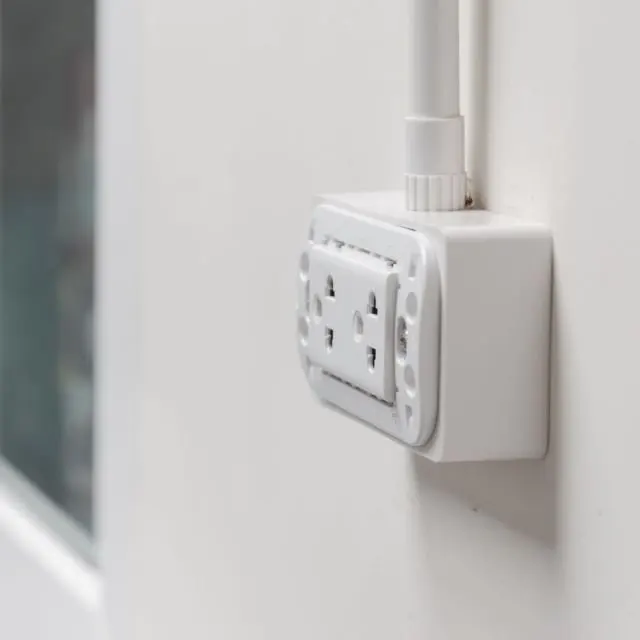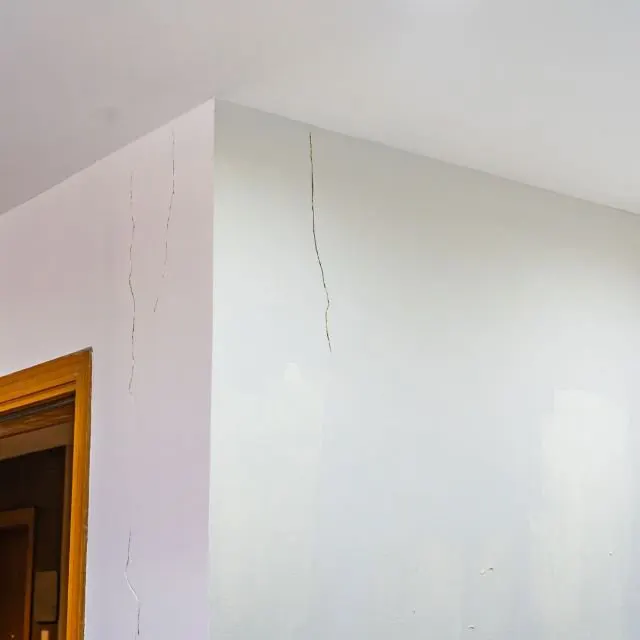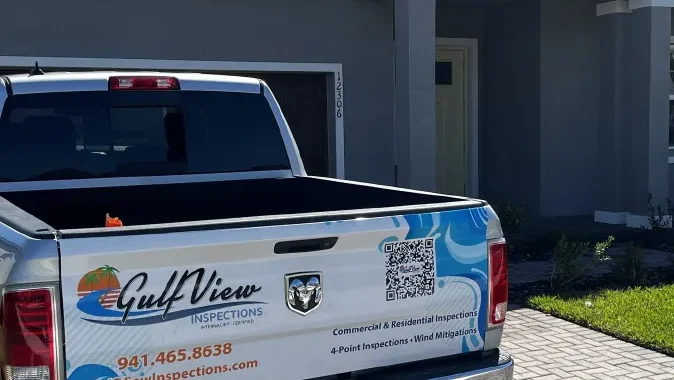As the final grains of sand slip through the hourglass of your new home’s warranty period, you’re standing at a critical juncture. Imagine you’re a detective, poring over every nook and cranny. You’ve probably noticed a few quirks and anomalies that seemed minor at first—like occasional drips or a flickering light. But now’s the time to delve deeper. These seemingly minor issues, like roof leaks or faulty wiring, could hint at larger, hidden defects waiting to escalate. With the warranty’s clock ticking down, isn’t it essential to unearth what other secrets your home might be hiding? With Gulf View Inspections, let’s explore why 11-month warranty inspections matter.
Why an 11-Month Inspection?
11-month warranty inspections are vital for uncovering potential defects in new construction before the builder’s warranty expires. This proactive measure allows you to identify and address hidden issues that mightn’t be immediately apparent.
During the inspection, particular attention is given to examining structural integrity, including checks for any signs of settling or cracks in the foundation and walls. These structural assessments are significant because they affect the safety and longevity of your home.
Roof and Plumbing Leaks
During 11-month warranty inspections, it’s important to identify any signs of roof and plumbing leaks, as these can lead to significant water damage and structural issues in your home. Roof leaks are a prime culprit, often traced to missing shingles, damaged flashing, or compromised seals around vents and chimneys. If you notice any discolored patches on your ceiling or walls, it could indicate that water is penetrating your roof.
Plumbing leaks can manifest through visible water stains, damp flooring, or an unexpected increase in water bills. These leaks usually occur at joints, within the plumbing fixtures, or in the pipes, hidden within walls or under floors. It’s vital to spot these early, as prolonged exposure to moisture can weaken structural elements and promote mold growth.
Electrical System Flaws

Electrical system flaws, such as faulty outlets, switches, or GFCIs, are often identified during 11-month warranty inspections. These defects can lead to significant safety hazards in your home. For instance, improperly installed GFCIs, designed to prevent electrical shock, mightn’t trip as expected, exposing you to potential danger.
Inspectors also frequently discover problems with wiring connections that must be fixed or properly executed. Such issues pose a fire risk and can cause appliances and fixtures to malfunction. For example, a ceiling fan operating erratically or a light fixture flicking could be symptoms of deeper electrical issues.
Overloaded circuits are another red flag that you might encounter. These occur when too many appliances or fixtures draw power from a single source, leading to frequent circuit breaker trips. To avoid this, ensure your electrical load is properly distributed, and your home’s electrical panel is adequately equipped to handle your needs.
Signs of water damage near electrical components can indicate leaks that pose a risk of short circuits. Inspectors also check for inadequate grounding or bonding, essential for preventing electrical shock. Addressing these flaws enhances your safety and ensures compliance with electrical safety standards.
Insulation and Ventilation Gaps
If your attic shows signs of moisture buildup or mold, it may indicate gaps in insulation and ventilation that need immediate attention. These gaps impact your home’s comfort by causing temperature fluctuations and higher energy bills due to escaped heat or cool air. It is important to inspect the attic space thoroughly for any discontinuities or thinning in the insulation materials. You should also check for blocked or insufficient vents that can hinder proper air circulation, trapping moist air and promoting mold growth.
To address these issues, ensure that all attic areas are uniformly covered with insulation without any gaps. Pay special attention to areas around pipes, ducts, and light fixtures, where gaps are most common. Confirm that attic vents and soffits aren’t obstructed by insulation or other materials to maintain adequate airflow. You might need to install additional vents if the existing ones are inadequate.
Windows and Doors Integrity
After ensuring your appliances are in top condition, examining the integrity of your home’s windows and doors is equally important. Misalignment in these areas can lead to air leaks, compromising your home’s energy efficiency and raising heating and cooling costs. You’ll want to check for any gaps around the window frames or door edges. These gaps can be a telltale sign of poor installation or even structural settling, which might necessitate further investigation.
Be vigilant for any signs of water intrusion around your windows and doors. If left unaddressed, water seepage can cause considerable damage, mold growth, wood rot, and potential structural issues. Ensuring that the sealing and weather-stripping are intact is essential. These elements are your first line of defense against the elements, maintaining your home’s internal climate and keeping out moisture.
Surface and Wall Cracks
When examining your new home during 11-month warranty inspections, it’s important to closely inspect any surface and wall cracks, as these may signal underlying structural problems. These defects aren’t just cosmetic; they might indicate more serious issues like settling foundations or poor construction techniques.

Here’s what you should look for:
- Location and Direction: Note whether cracks appear near load-bearing walls or at the junctions of walls and ceilings. Vertical cracks may be due to settling, but horizontal cracks are more concerning and could suggest structural failure.
- Width and Length: Small hairline cracks are often caused by the natural curing of materials, but wider cracks, especially those wider than 1/4 inch, require immediate attention. Long cracks that stretch across walls or ceilings are particularly alarming.
- Changes Over Time: Please compare current crack appearances with any previous records. Expansion or branching of the cracks over time can be a red flag for ongoing issues.
Promptly documenting and reporting these observations to your builder can help you make effective warranty claims. Addressing these issues early can prevent water intrusion, mold growth, and more severe structural damage, safeguarding your home’s integrity and peace of mind.
Ensuring Your Peace of Mind with Gulf View Inspections
11-month warranty inspections are not just a formality; they’re your safeguard against hidden defects. Picture uncovering leaks, structural flaws, or inadequate insulation just in time to hold the builder accountable. This thorough check identifies critical issues like electrical faults and safety hazards and confirms that everything from your roof to your basement upholds the highest standards.
Gulf View Inspections prioritizes honesty and integrity, always putting your best interests first. Your home is your biggest investment, and it’s important to understand its condition thoroughly. Let Gulf View Inspections provide the thorough inspection you expect and a report you can rely on to make a confident decision.
Contact Gulf View Inspections today to schedule your inspection and gain the peace of mind you deserve for your family’s future.

